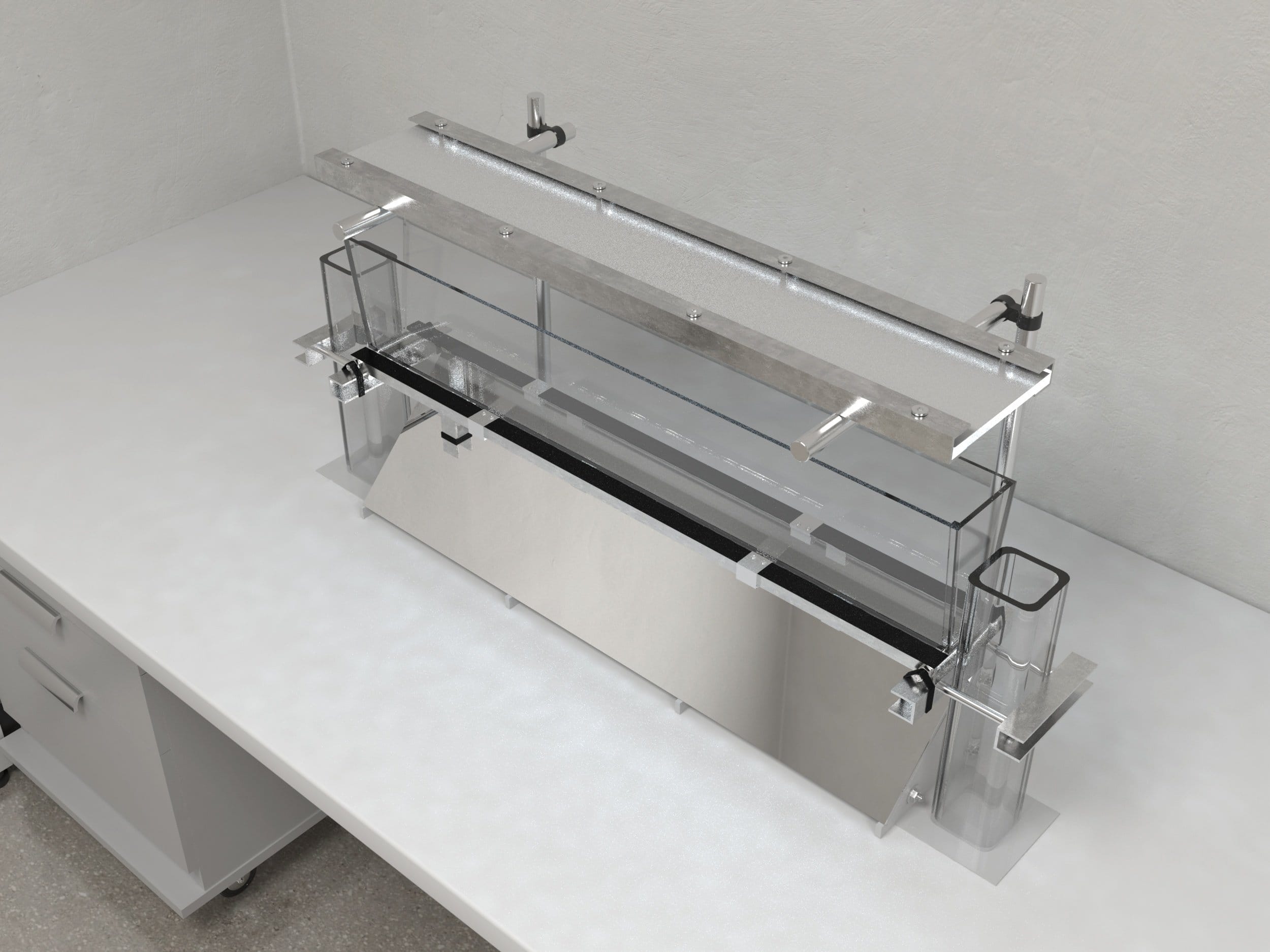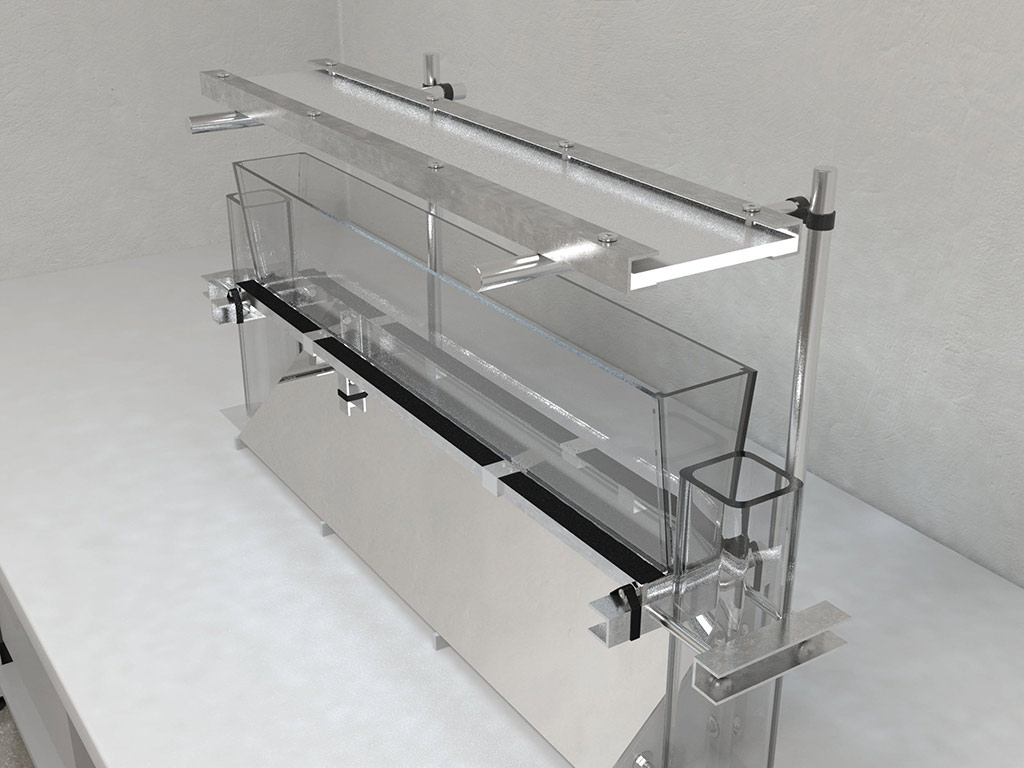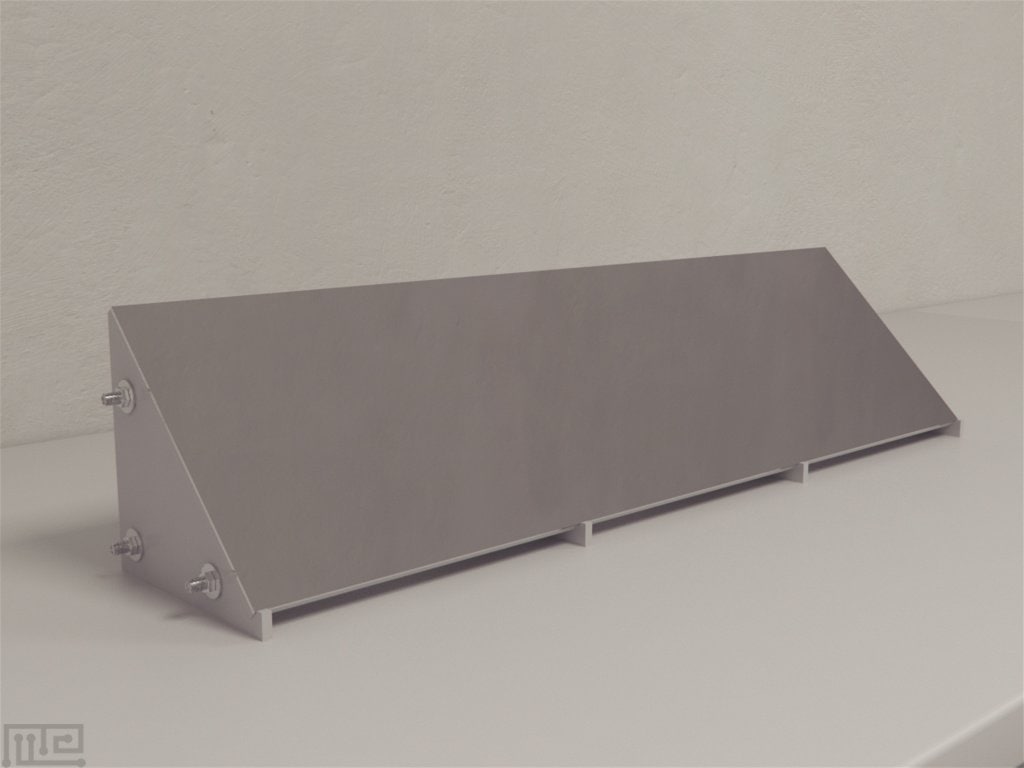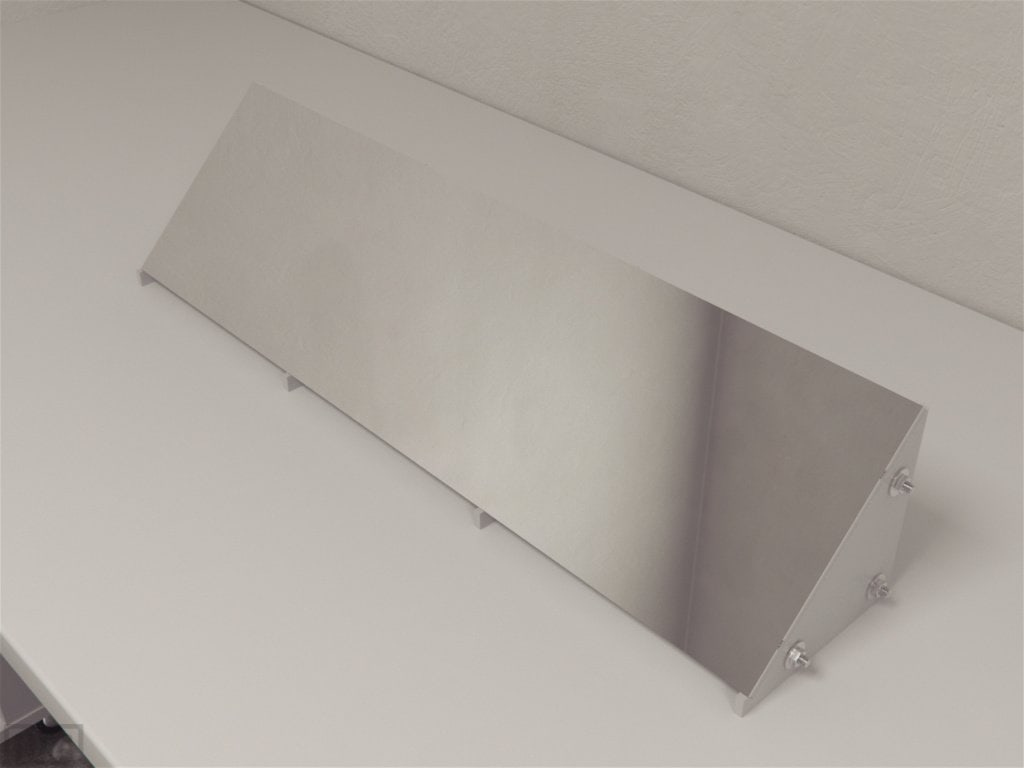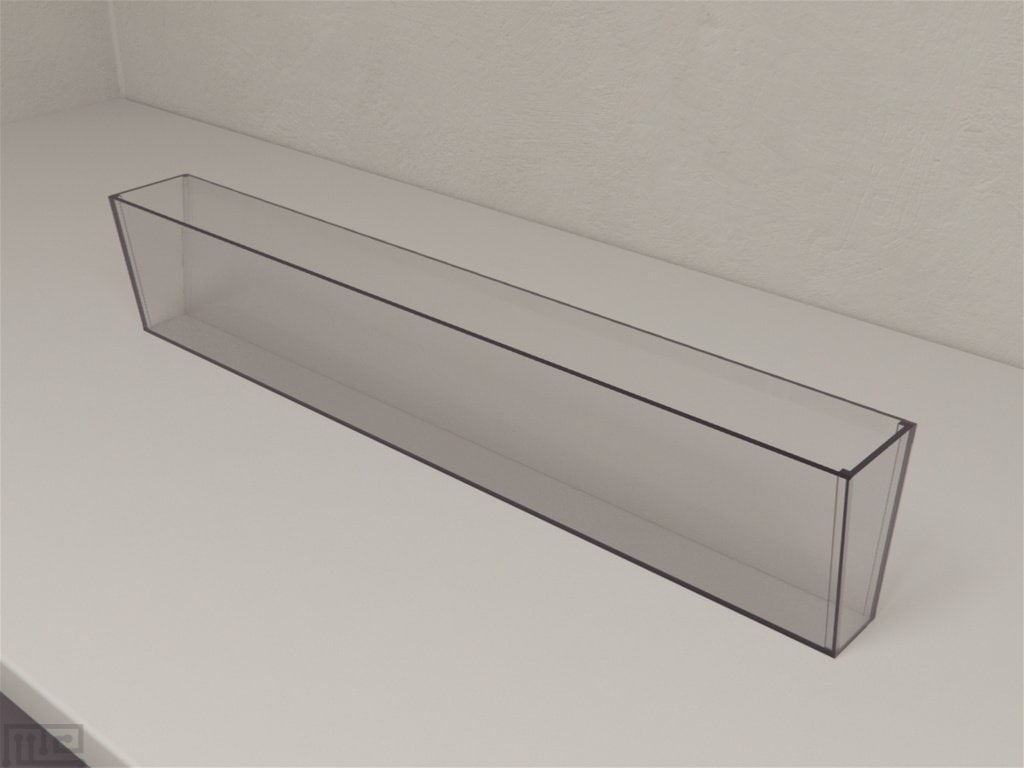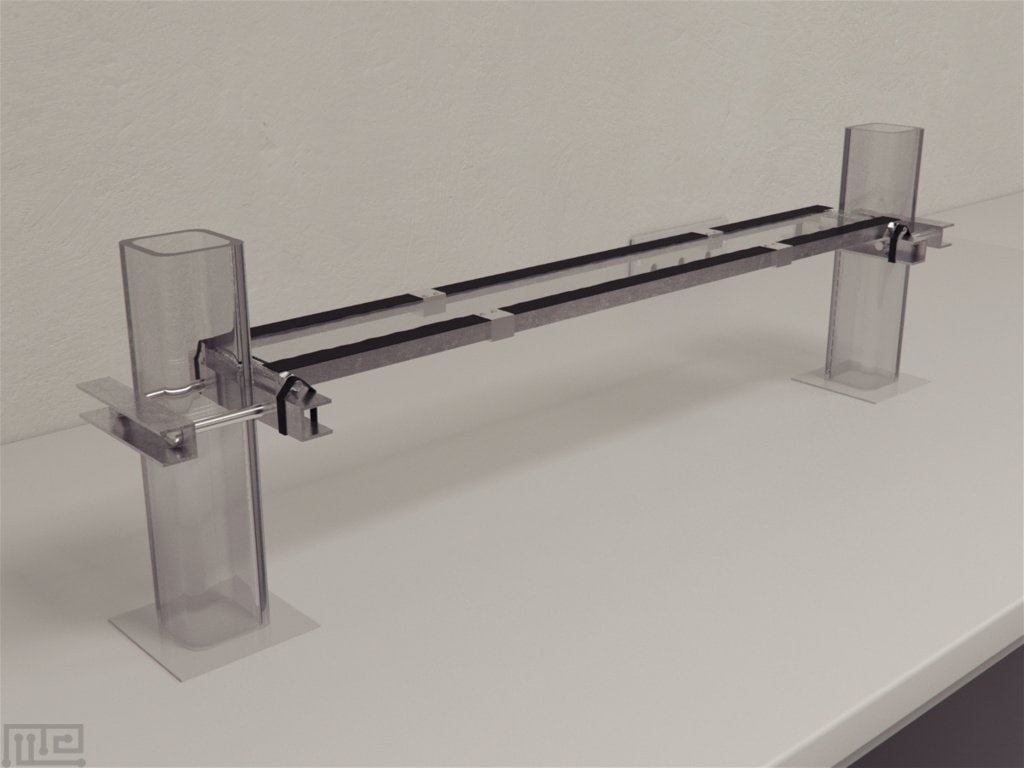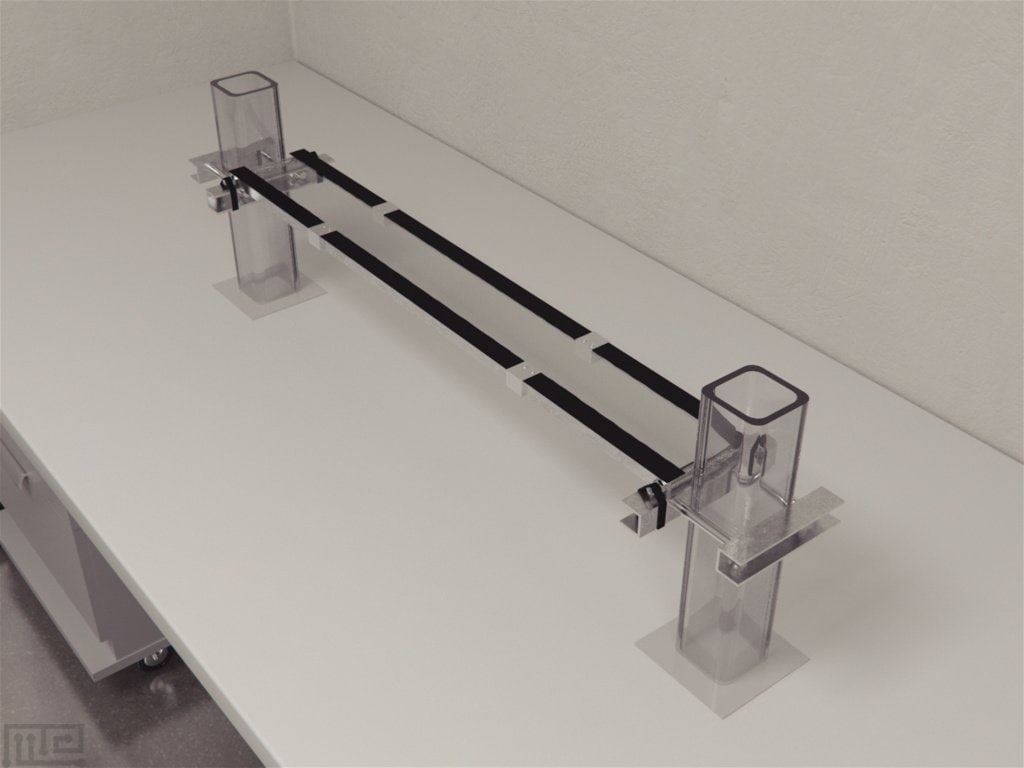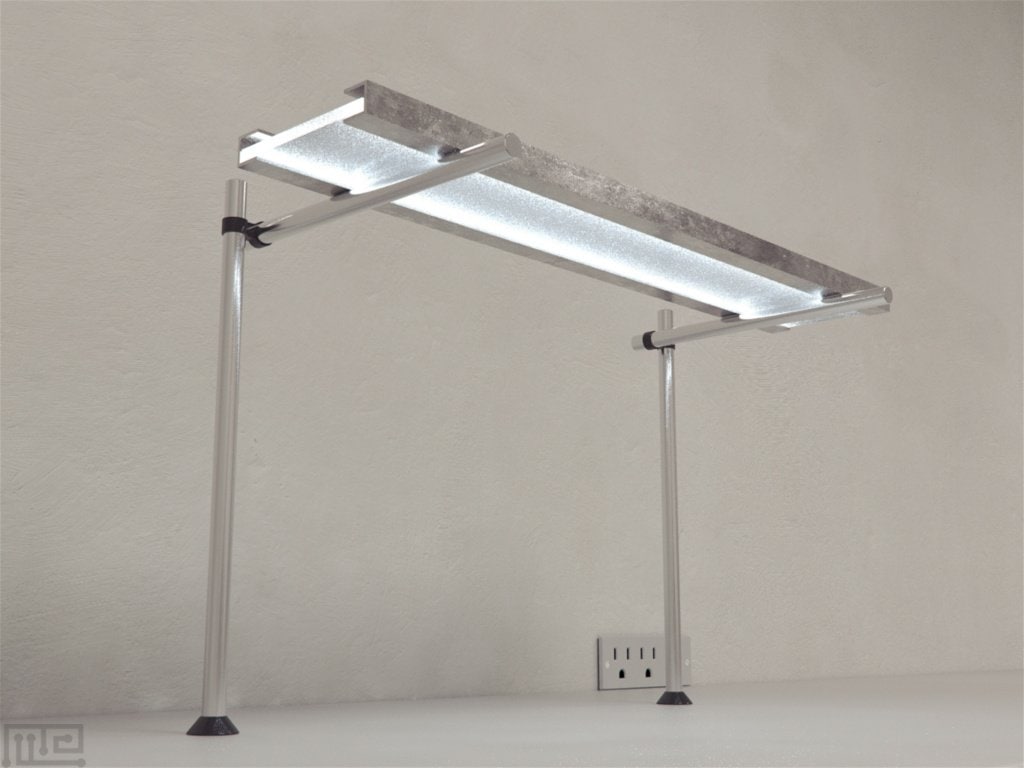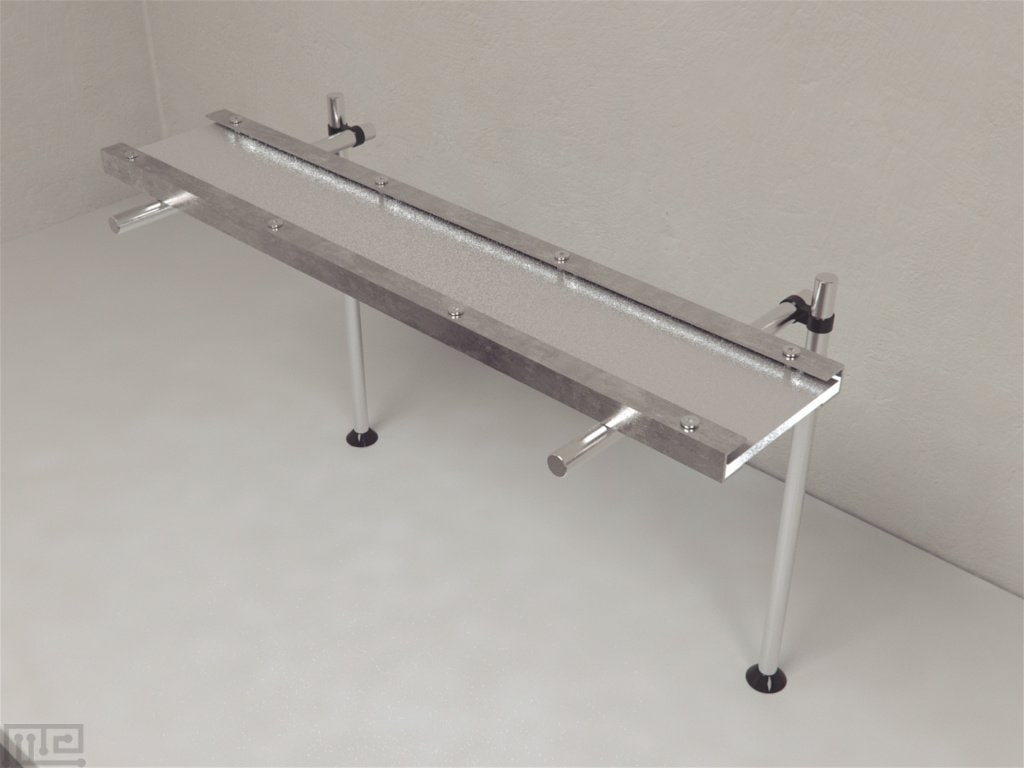Description
The fTIR Walkway was designed by Mendes and colleagues (Mendes et al., 2015) to evaluate the kinematic features of motor systems in free-moving animals. The device is based on a simplified and inexpensive frustrated total internal reflection (fTIR) set-up.
An abundance of assays can be found to evaluate different aspects of motor systems. The Open-Field test is one such popular assay used in the evaluation of ambulatory and explorative functions of animals. The Rotarod, on the other hand, often used to assess the ability of the subject to remain on a rotating rod, measures a different aspect of motor function. Another test, the Gait Test, is used in the analysis of the subject’s gait by observing its footprint. Though all these tests (for more motor tests click here and here) aid in the understanding of the motor function and the effects of different treatments, they do not provide direct quantification of the motor and locomotory parameters. Further, these tests do not necessarily provide dynamic parameters of motor and locomotion.
Included are 6 key components:
- 1) fTIR walkway
- 2) Support Post
- 3) Walkway wall
- 4) 45 degree mirror
- 5) Background backlight
- 6) Walkway wall/post clamp
Price & Dimensions
Mouse
$ 2300
+SH- Length: 80cm
- Wall height: 15cm
- Base 5cm
Rat
$ 2400
+SH- Length: 104cm
- Wall height: 19cm
- Base 6.5cm
Documentation
Introduction
An alternative to the conventional method was provided by Hamers, Lankhorst, van Laar, Veldhuis, and Gispen, W.H. (2001), who developed an automated apparatus for gait analysis. However, their device did not allow flexibility over the parameters that could be observed and recorded. Further, most automated devices in addition to limiting the flexibility of parameter observations also tend to be expensive. The fTIR Walkway, on the other hand, is a relatively inexpensive automated device that allows a qualitative and quantitative measure of motor performances.
Training Protocol
Clean the apparatus before and after use to prevent any lingering stimuli from affecting the subject’s performance and quality of video recording. The apparatus does not require any pretraining. The tests can be initiated simply by placing the subject on the walkway and recording the performance.
Investigation of the gait of free moving mice
Wild-type C57BL/6J mice were evaluated for their motor functions on the fTIR Walkway device. It was observed that the initial contact involved the entire paw touching the surface almost simultaneously with prominent pressure being exerted by the metatarsal and metacarpal pads on the hind and forelegs, respectively. The pressure was observed to be gradually transferred rostrally to the toes before liftoff in the stance phase. It was further observed that up to one-third of the stance phase is dedicated to supporting by toes, which was found to be independent of the walking speed. Toe spreading was observed at the end of the swing phase 20 to 30 ms before ground contact, indicating an active neuronal control. It was also observed that faster subjects displayed approximately 20% longer step strides and shorter phase stance of about 50 ms (minimum) in comparison to slower subjects. (Mendes et al., 2015)
Data Analysis
The fTIR Walkway allows automated recording of motor and locomotion parameter including step patterns, footprint positioning, inter-leg coordination, and footprint contact parameters. The following set of kinematic parameters can be recorded in the fTIR Walkway device:
- Speed: instantaneous and average (cm/s)
- Frequency (cycles/s)
- Period (ms)
- Swing speed: average and for individual steps (m/s)
- Step length: average and for individual steps (mm)
- Swing time: average and for individual steps (s)
- Stance time: average and for individual steps (s)
- Duty factor (unitless)
- Anterior extreme position (AEP) (body units)
- Posterior extreme position (PEP) (body units)
- Footprint clustering (AEP and PEP; body units)
- Stance linearity index: average and for individual segments (m)
- Body linearity index (mm)
- Leg combination indexes: no swing, single-leg swing, diagonal-leg swing, lateral-leg swing, front or hind swing, three-leg swing, or all-legs swing (unitless)
- Leg phases: front and hind legs (unitless)
- Footprint pixel intensity (unitless)
- Footprint area (cm2)
Strengths & Limitations
Strengths
The fTIR Walkway is an automated device. Therefore, human errors are significantly reduced during the investigation. The device, in comparison to other automated devices, is inexpensive and provides flexibility of observing additional parameters of locomotion and motor capabilities of the subjects. The device does not require any pretraining and testing procedures are simple and straightforward. Thus, the assessment procedure is relatively faster in comparison to other methods. When compared to tests like the Gait Test, the fTIR Walkway doesn’t require any additional supplies such as ink, nor does it use an aversive motivation such as fear of falling. Hence, the subjects are not affected by external factors like stress and anxiety. The acrylic glass surface allows a better fTIR signal-to-noise ratio in comparison to glass, thus allowing more contact between the subject’s paws and the walking surface.
Limitations
The acrylic glass scratches more easily than glass. Thus it may lead to interference with the fITR signal and subsequent tracking. This can be rectified by replacing the scratched glass. Repeated trials on the fTIR Walkway may cause muscle fatigue in the subjects. Allowing rest periods between each trial is important. Factors such as strain, species, age, and sex can also affect performance. Subject’s own emotional and mental status can also influence the results.
Summary & Key Points
- The fTIR Walkway is an automated device that provides qualitative and quantitative measurements of motor performance.
- The device is based on the simplified and inexpensive frustrated total internal reflection (fTIR) set-up.
- The fTIR Walkway allows flexibility to extract additional and unanticipated metrics of locomotion and motor capabilities.
- The device can be effectively used to investigate the effects of diseases, lesions, pharmacological manipulations and other treatments on motor performances.
References
Hamers, F.P., Lankhorst, A.J., van Laar, T.J., Veldhuis, W.B., & Gispen, W.H. (2001). Automated quantitative gait analysis during overground locomotion in the rat: its application to spinal cord contusion and transection injuries. Journal of Neurotrauma, 18(2):187-201.
Mendes, C. S., Bartos, I., Márka, Z., Akay, T., Márka, S., & Mann, R. S. (2015). Quantification of gait parameters in freely walking rodents. BMC Biology, 13(1). doi:10.1186/s12915-015-0154-0

